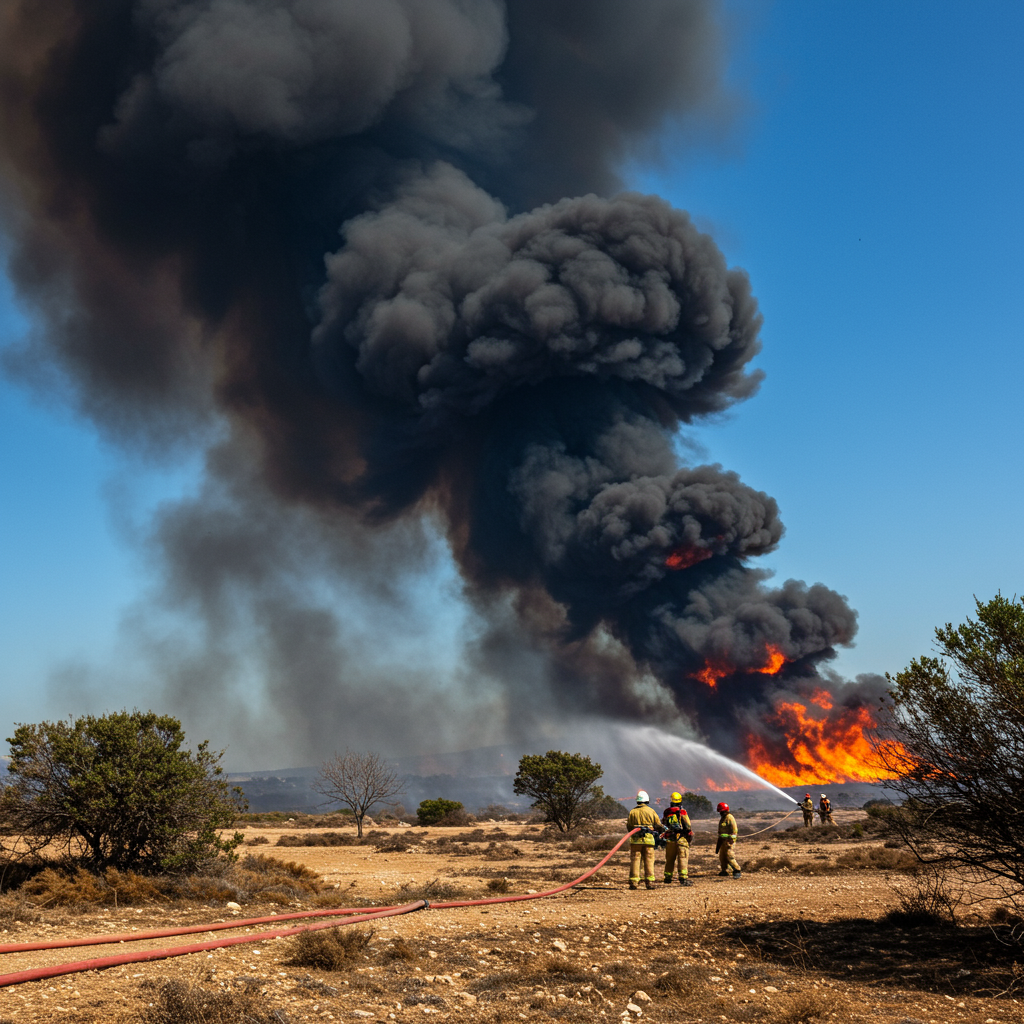Global Alarm as Trump Escalates Tariff Threats
President Donald Trump has reignited global trade tensions, delivering a wave of new tariff threats against numerous countries. This aggressive move, primarily communicated through letters sent to world leaders, proposes significantly higher duties on a wide range of imports to the United States. The action follows a period of relative calm in trade disputes and has immediately triggered sharp criticism, calls for negotiation, and widespread concerns about the potential economic fallout worldwide. Facing proposed tariffs ranging from 25% to as high as nearly 50% for some nations, countries are scrambling to respond, highlighting the unpredictable nature of US trade policy and its potential to disrupt global supply chains and economic stability.
The latest measures replace previously announced tariff levels and set a potential August 1 deadline for their implementation. While the administration frames these steps as necessary to address perceived trade deficits and unfair practices, global partners view them as a significant escalation that could push the world closer to a trade war, with dire consequences for economies already navigating complex challenges.
Understanding the Latest Tariff Wave
This recent action saw the US administration dispatching letters to leaders in at least fourteen countries, including significant trading partners as well as smaller, export-dependent nations. The stated rationale behind these new, often steep, tariff rates is the persistent US trade deficit with these countries and a desire to encourage manufacturing and production to relocate to the United States.
The specific tariff rates outlined in the letters vary, with common figures falling between 25% and 40%, though some countries face even higher proposed duties. For instance, key trading partners Japan and South Korea were informed they would face a 25% tariff rate. Others, such as South Africa, Indonesia, Malaysia, and Thailand, received notices detailing rates of 30%, 32%, 25%, and 36% respectively. Smaller economies like Laos and Myanmar face some of the highest proposed tariffs, potentially reaching 40% or more.
These new tariff rates were initially set to take effect on July 9, but President Trump subsequently signed an executive order delaying the implementation date to August 1. The administration indicated this delay allows a window for targeted countries to negotiate new trade agreements or offer concessions. President Trump himself stated the August 1 deadline was “not 100% firm,” suggesting flexibility if countries demonstrated willingness to adjust their own trade barriers or boost US imports. He also offered that tariffs could be avoided entirely if companies from these nations chose to build or manufacture their products within the United States, promising expedited approval processes.
However, the letters also contained a clear warning: any retaliatory tariffs imposed by targeted countries on US goods would result in the US raising its tariffs by a corresponding amount. This reciprocal threat underscores the high-stakes nature of the current situation, where a misstep could quickly lead to escalating duties and a full-blown trade conflict.
A World Reacts: Voices of Criticism and Concern
The announcement triggered a wave of immediate and often sharp reactions from around the globe. Many nations affected expressed disappointment and alarm, pushing for negotiations to avoid the damaging levies.
Immediate Pushback from Affected Nations
Officials from countries facing the steepest proposed tariffs were quick to voice their positions. Japan’s top trade negotiator described the proposed 25% tariff as “truly regrettable” but confirmed intentions to continue dialogue with US counterparts, acknowledging negotiations were proving “very tough.” South Korea also signaled its intent to pursue talks to protect key sectors like automobiles and steel from the 25% rate. South Africa’s President Cyril Ramaphosa called the 30% tariffs “unilateral” and based on an inaccurate representation of trade data. Indonesia announced its top negotiator would travel to Washington for meetings, seeing “still room to respond.” Malaysian officials committed to engaging in “good faith” discussions for a “balanced, mutually beneficial” agreement. In contrast, Thailand, facing a 36% rate, adopted a more defiant stance, stating they would “continue to fight” for the best possible outcome, feeling their latest proposal had been overlooked.
Major Economies Weigh In
Beyond those directly targeted in the initial letter spree, major economic blocs also expressed deep concern. European Union leaders, already navigating their own potential tariff challenges with the US, called the widespread tariffs a “major blow to the world economy” with “dire consequences.” European Commission President Ursula von der Leyen highlighted the potential for increased costs on essential goods. While open to negotiation, the EU stressed preparedness to respond with countermeasures. German Chancellor Olaf Scholz labeled the decision “fundamentally wrong” and an “attack on a trade system” that has historically fostered global prosperity, vowing Europe would respond “united, strong and proportionately.” French Prime Minister Francis Bayrou described the situation as an “immense difficulty for Europe” and a potential “catastrophe for the United States and for US citizens.” Other European leaders from Italy, Spain, Finland, and Sweden also emphasized the need to avoid a trade war and seek cooperative solutions, though Spain notably announced a significant plan to mitigate the impact domestically and proposed an EU fund financed by tariffs on US imports.
BRICS Nations Challenge US Stance
Leaders from the BRICS bloc of developing nations, which Trump labeled “anti-American,” also strongly pushed back. Brazilian President Luiz Inacio Lula da Silva criticized Trump’s threat of 100% tariffs on countries aligning with BRICS as “very irresponsible.” Speaking at the BRICS summit he was hosting, Lula directly addressed Trump’s stance, declaring, “The world has changed. We don’t want an emperor.” He defended BRICS as a group seeking “another way of organizing the world.” The Kremlin’s spokesperson similarly refuted the “anti-American” label, asserting BRICS has never been and will never be aimed against any third parties. Russian Foreign Minister Sergei Lavrov added commentary on the diminishing global role of the US dollar, attributing it to perceived abuses by previous US administrations, likely referencing sanctions.
Asian and Other Responses
China, a central figure in recent US trade tensions, warned against escalating disputes and threatened retaliation, particularly against countries participating in supply chain deals designed to exclude Beijing. China emphasized that “dialogue and cooperation are the only correct path,” despite a recent framework agreement aimed at easing tensions. India, which is reportedly close to concluding a bilateral trade deal with the US and plans increased energy purchases to narrow the trade gap, stated it was “examining the implications” and looking for “opportunities.” Sri Lanka highlighted the severe threat the proposed 44% tariff posed to its vital apparel industry and the thousands of jobs it supports. Southeast Asian economies, described as “spooked” by the steep duties, are reportedly increasing trade negotiations with Washington. Australia, New Zealand, and Switzerland also expressed concerns about the tariffs running counter to free trade principles and damaging economic partnerships. Brazil and Colombia are also evaluating potential countermeasures, including resorting to the WTO.
Economic Fallout and Expert Analysis
The broad nature and high rates of the proposed Trump tariffs have sparked alarm among economists and business groups, who warn of significant negative impacts on both the US and global economies.
Recessionary Fears and Price Hikes
Experts widely predict that these widespread tariffs could significantly slow economic growth and even push the US and other countries towards recession. Analysts from firms like JP Morgan and Fitch Ratings describe the situation as a “game changer” and a “full-throttle macro disruption.” The average US tariff rate on all imports is projected to surge dramatically from around 2.5% in 2024 to approximately 22% under the new proposals – a level not seen since the early 20th century, around 1910. Economists forecast potential increases in consumer prices, with one analysis cited suggesting costs could rise by over $3,500 per year for American families. The combined effect of higher prices and disrupted trade flows is expected to dampen consumer spending and threaten investment and job growth.
Industry-Specific Impacts and Corporate Responses
Specific industries are bracing for significant disruption. The auto sector, heavily reliant on global supply chains, is expected to face major challenges, potentially leading to increased car prices for consumers. The housing and construction industries anticipate higher costs for materials and parts. Pharmaceutical companies are examining their supply chains, with potential tariffs threatening to raise drug prices. The energy sector could also see impacts, particularly from tariffs on imports from Canada, potentially leading to higher utility costs in some US regions. Companies directly affected are already reporting negative results; Samsung Electronics reported a steep decline in profits partly linked to US restrictions impacting its business with China, while Mercedes-Benz saw a fall in sales attributed to tariffs. South African citrus farmers are also reportedly facing souring fortunes due to the trade policy. In response, some businesses are exploring mitigation strategies, including utilizing Depression-era tariff-free zones within the US to delay or potentially avoid duty payments.
Historical Parallels and Policy Uncertainty
Many economic historians and analysts draw parallels between these widespread Trump tariffs and the disastrous Smoot-Hawley Act of the 1930s, widely considered a major factor in exacerbating the Great Depression by choking off international trade. The current situation is compounded by the perceived unpredictability and conflicting messages from the administration – simultaneously setting a firm deadline while describing it as flexible and framing the tariffs as a “national emergency” rather than a negotiation tactic. This uncertainty is already impacting investor confidence and market stability. Within the US, reactions remain divided; while some industry groups and unions praise the tariffs as necessary protection for domestic manufacturing and workers, others, like the National Association of Manufacturers and the Business Roundtable, warn of significant harm to US businesses, consumers, and competitiveness due to higher costs and inevitable retaliation. The debate over whether the tariffs will ultimately create or destroy jobs remains a central point of contention.
The Path Forward: Negotiation or Escalation?
The coming weeks leading up to the August 1 deadline will be crucial. Targeted countries face immense pressure to either offer concessions, open their markets further to US goods, or encourage domestic investment by US companies to try and avoid the tariffs. However, many have also signaled a readiness to retaliate if the duties are imposed, potentially triggering a cycle of escalating tariffs that would constitute a full-blown trade war.
The outcome hinges on the dynamics between the US administration’s push for revised trade terms and the willingness of global partners to comply, resist, or find alternative solutions. The broad scope of the tariffs means that few corners of global trade will remain untouched, and the economic ripple effects are likely to be significant regardless of whether outright trade war is avoided.
Frequently Asked Questions
What are the new range of tariff rates threatened by the US, and which countries are facing these duties?
The US administration has proposed new tariff rates ranging from approximately 25% to nearly 50% on imports from numerous countries. These rates vary by nation, with some key examples including 25% for Japan and South Korea, 30% for South Africa, 32% for Indonesia, and 36% for Thailand. Over a dozen countries have received formal letters outlining these steep duties, including nations in Asia, Africa, and Eastern Europe.
How might targeted countries potentially avoid or reduce these US import duties?
According to the US administration, there are potential paths to avoid the imposed tariffs. President Trump has offered flexibility on the August 1 deadline if countries are willing to negotiate new trade agreements, lower their own trade barriers, or increase purchases of US goods. Additionally, he suggested that companies could avoid tariffs entirely by relocating their manufacturing or production facilities to the United States, promising expedited approval processes for such moves.
What are the key economic risks predicted due to the widespread nature of the new US tariffs?
Economists and business groups warn that the widespread application of high US tariffs poses significant economic risks. Predictions include a potential slowdown in both US and global economic growth, increased risk of recession in the US and export-dependent countries, and significant price increases for consumers on imported goods. Specific industries like automotive, housing, and energy are expected to face higher costs and disruptions, potentially impacting corporate profits, investment, and overall job stability.
Conclusion
The Trump administration’s latest move to impose widespread, high tariffs on imports marks a significant escalation in global trade tensions. While framed by the US as necessary to correct trade imbalances and promote domestic manufacturing, the action has met with strong international condemnation and triggered fears of a damaging trade war. With an August 1 deadline looming, affected countries are grappling with the decision to negotiate under pressure or risk retaliating, potentially leading to a cycle of escalating duties. The economic implications are substantial, threatening to disrupt global supply chains, increase costs for consumers, and slow economic growth worldwide. The coming weeks will determine whether dialogue prevails or if the global economy faces the predicted fallout from an intensified tariff conflict.



